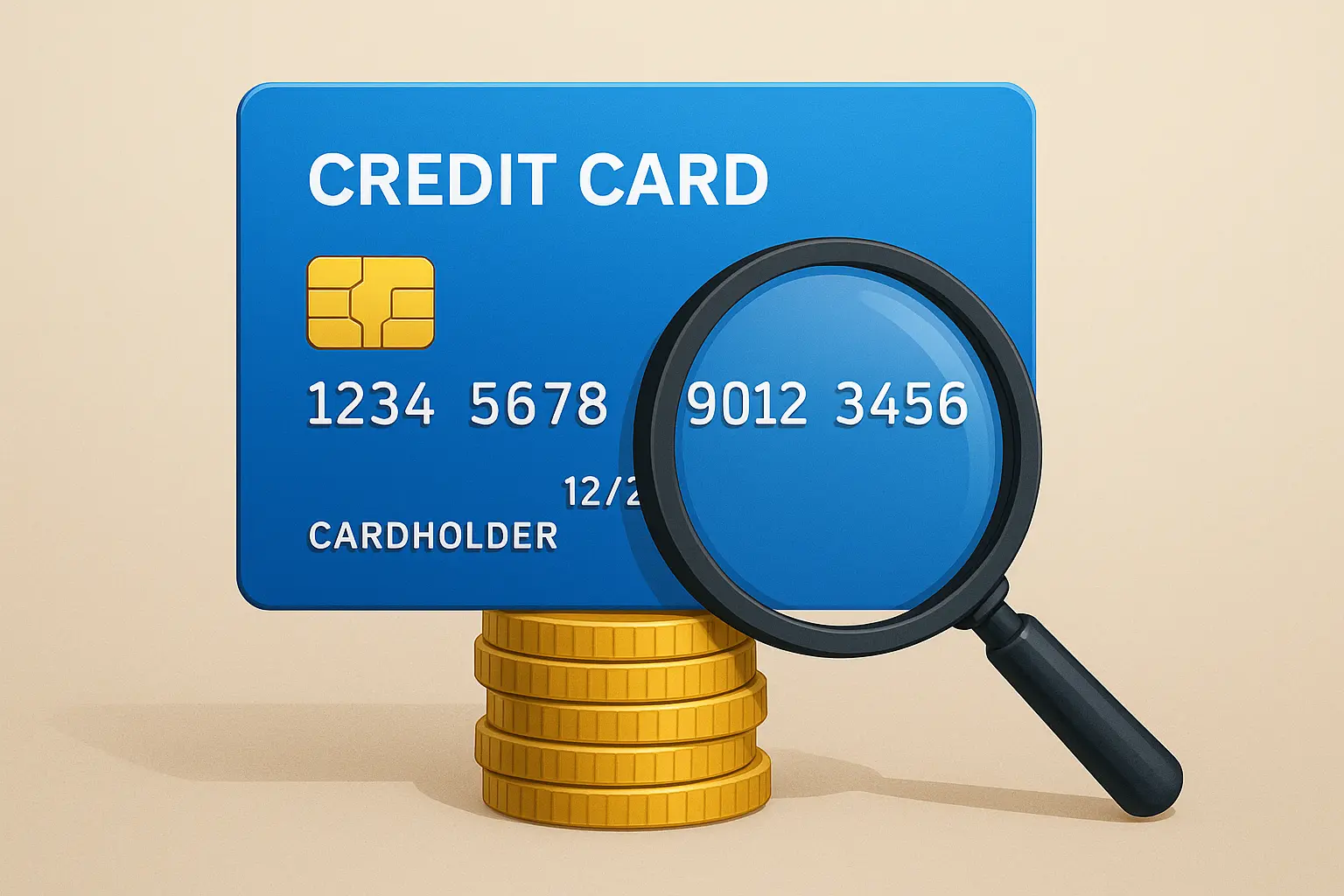Unlock Credit Growth: The Secured Card Advantage
If you’re just starting out on your credit journey or working to rebuild your score, secured credit cards are one of the most accessible and effective tools out there. These cards require a refundable security deposit—usually between $200 and $500—which acts as your credit limit. Because you’re backing the credit line yourself, secured cards are much easier to get approved for, even with bad or no credit.
One of the biggest reasons secured cards are so helpful? They let you build credit through something called your credit utilization ratio—a factor that makes up 30% of your credit score.
In this article, we’ll explain what this key ratio is, how it works, and why secured cards are perfect for managing it smartly. Whether you’re trying to improve your credit score, looking for credit-building tips, or simply want to understand the basics, this guide will help you get started with confidence.
👉 Don’t miss our full guide to the Best Secured Credit Cards if you’re ready to take the next step.
What Is Credit Utilization Ratio?
Your credit utilization ratio is the percentage of your available credit that you're using. It's a major piece of your credit puzzle—accounting for nearly a third of your credit score. Lenders use it to see how responsibly you manage revolving credit like credit cards.
Here’s a simple example:
If your card has a $200 credit limit and you spend $50, your credit utilization ratio is 25%.
The lower your ratio, the better it is for your score. Here’s what experts recommend:
- ✅ Under 30% is okay
- 🌟 Under 10% is ideal
Keeping your utilization low shows that you’re not overly reliant on credit and that you use it responsibly.
How Secured Cards Help You Control Your Utilization
Secured cards usually have low credit limits, often starting at $200. This means it doesn’t take much spending to raise your utilization.
For example, spending just $60 on a $200 card puts your utilization at 30%—right at the upper limit of what’s considered healthy. That’s why it’s important to monitor your balance and plan ahead.
Here are a few tips to keep your ratio in check:
- Make multiple small payments throughout the month to lower your reported balance
- Set usage alerts to get notified when you’re close to your ideal threshold
- Pay your bill a few days before your statement closes so a low balance gets reported to the bureaus
Pro Tip: The balance that gets reported to credit bureaus is usually the statement balance—not what’s left after your due date. Timing your payment can make a big difference!
5 Ways a Secured Card Can Boost Your Score
A secured card can do more than just lower your utilization. Here’s how it helps build credit across multiple factors:
- ✅ On-Time Payments (35%)
Every on-time payment builds positive payment history. Payment history is the biggest factor in your credit score. - 📉 Credit Utilization Ratio (30%)
Keeping your usage low demonstrates control and helps raise your score. - ⏳ Credit History Length
The longer your account stays open and in good standing, the more it helps. Don’t close your card too soon! - 📊 Account Mix
Adding a credit card to your report (especially if you only have loans) can improve your credit mix—a factor in your score. - 🔍 Avoiding New Hard Inquiries
Many secured cards don’t require a credit check, or you only apply once. Fewer hard inquiries = less impact on your score.
Common Mistakes That Hurt Utilization Ratio
Even with the best intentions, it’s easy to make mistakes. Here are a few to avoid:
- ❌ Maxing out your card, even just once
It spikes your utilization and can drop your score significantly. - ❌ Forgetting about the statement balance
You might pay in full after the statement, but the higher amount gets reported first. - ❌ Paying late and getting hit with interest
That interest can push your balance over the recommended ratio.
Real-World Example: A Beginner’s Journey With a $200 Card
Let’s meet Jasmine, a 22-year-old trying to recover from financial missteps. Her score was 520, and she had no active credit cards—just a few paid-off collections.
She opened a $200 secured card with no annual fee. Here’s what she did:
- Used the card twice a month for small purchases like groceries or gas
- Never let her balance go over $20 at any time (keeping her credit utilization ratio at 10%)
- Paid it off in full before the statement closed
- Set up auto-pay for her minimum just in case
6 months later, her score jumped to 650—and she was offered a better unsecured card! Jasmine’s story shows that building credit doesn’t require spending more, just spending smart.
Ready to Start Building Credit?
A secured card is one of the best tools for anyone starting their credit journey or trying to rebuild. But the real secret to success? Mastering your credit utilization ratio.
Use your card sparingly, pay it on time, and keep that ratio under 10% whenever possible. These simple habits can lead to a huge boost in your FICO Score and open the door to better financial options.
👉 Start now: Check out our guide to the Best Secured Credit Cards to find the right one for your needs.
And don’t forget to brush up on helpful glossary terms:
